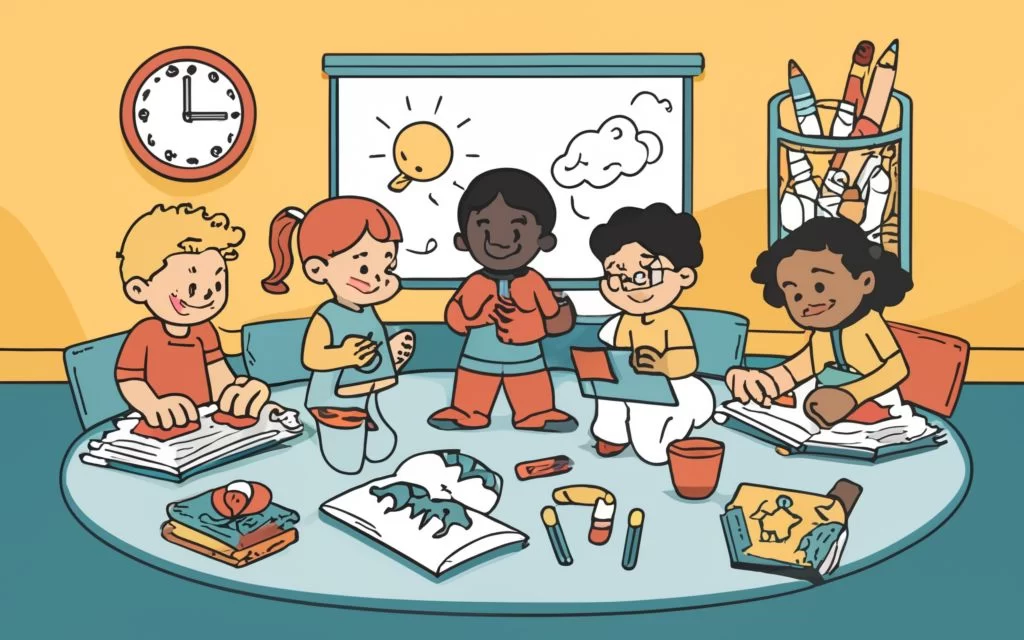In the realm of childhood development, memory power plays a pivotal role in shaping young minds for success. The ability to retain and recall information not only aids in academic pursuits but also forms the foundation for cognitive growth and problem-solving skills. As caretakers and educators, it’s our responsibility to nurture and enhance this crucial aspect of a child’s mental faculties. In this comprehensive guide, we delve into effective strategies to boost memory power in children, empowering them to unleash their full potential.
Understanding the Significance of Memory Power
Memory power encompasses the capacity to store, retain, and retrieve information effectively. It serves as the bedrock for various cognitive functions, including learning, reasoning, and decision-making. In children, a robust memory not only facilitates academic achievements but also fosters overall mental agility and adaptability.
Nutritional Foundations for Enhanced Memory
The role of nutrition in cognitive development cannot be overstated. A well-balanced diet lays the groundwork for optimal brain function. Here are some key nutrients that bolster memory power in children:

1. Incorporate Memory-Boosting Foods
- Eggs: Rich in protein, vitamin A, and iron, eggs promote cellular growth and development.
- Dry Fruits, Oats, and Cereals: Packed with vitamin B, these foods support a robust nervous system and improve short-term memory.
- Milk and Dairy Products: Excellent sources of protein and B vitamins, essential for brain tissue growth and neurotransmitter function.
- Fish: High in omega-3 fatty acids, fish aids in protecting the brain from memory loss.
Cognitive Enhancement Techniques
1. Visualization Drills
Encourage children to harness the power of visualization. By creating mental images, they can strengthen memory retention. Tasks such as imagining daily routes or drawing mental maps stimulate creative thinking and memory consolidation.
2. Peer Teaching
Engage children in the role of educators. Encouraging them to teach concepts they’ve learned not only reinforces their understanding but also boosts confidence and communication skills.
3. Diversify Learning Environments
Expand the traditional classroom setting to encompass real-world experiences. Visits to zoos, museums, and nature parks provide valuable sensory stimuli, enhancing children’s grasp of concepts through experiential learning.
Fostering Creativity and Critical Thinking
1. Cultivate Curiosity about Inventions
Stimulate children’s interest in innovation and invention. Exploring historical breakthroughs and technological advancements fosters critical thinking and inspires creativity.
2. Memory Palace Technique
Introduce children to the concept of a memory palace, a mental framework for organizing information spatially. By associating memories with imaginary locations, children can enhance recall and mnemonic skills.
3. Multifaceted Skill Development
Encourage children to explore diverse interests and learn new skills. Whether it’s mastering a new language, solving puzzles, or honing computer proficiency, each endeavor expands cognitive horizons and enriches memory capabilities.
Embracing Interactive Learning Tools
1. Educational Games and Software
Harness the educational potential of technology. Interactive games, puzzles, and software not only captivate children’s interest but also offer engaging platforms for cognitive development and memory enhancement.
2. Digital Exploration
Facilitate guided exploration of online resources. From educational websites to interactive tutorials, the digital landscape abounds with opportunities for children to expand their knowledge and sharpen their memory skills.
Encouraging Reflective Practices
1. Memory Recall Exercises
Engage children in reflective discussions about past experiences. Encouraging them to recount memories not only strengthens recall abilities but also fosters emotional expression and narrative skills.
2. Stress-Free Learning Environment
Create a nurturing atmosphere conducive to learning. Avoid excessive pressure and allow children the freedom to explore and discover at their own pace, fostering a positive attitude towards learning.
Conclusion
In the journey of childhood development, optimizing memory power is paramount. By leveraging a combination of nutritional support, cognitive exercises, interactive learning tools, and reflective practices, we can empower children to unlock their innate potential and embark on a lifelong quest for knowledge and achievement. Let us embark on this journey together, shaping young minds for a future brimming with possibilities.
Read More:
Eye Diseases In Children That You Should Know About
Activities for Child Development


